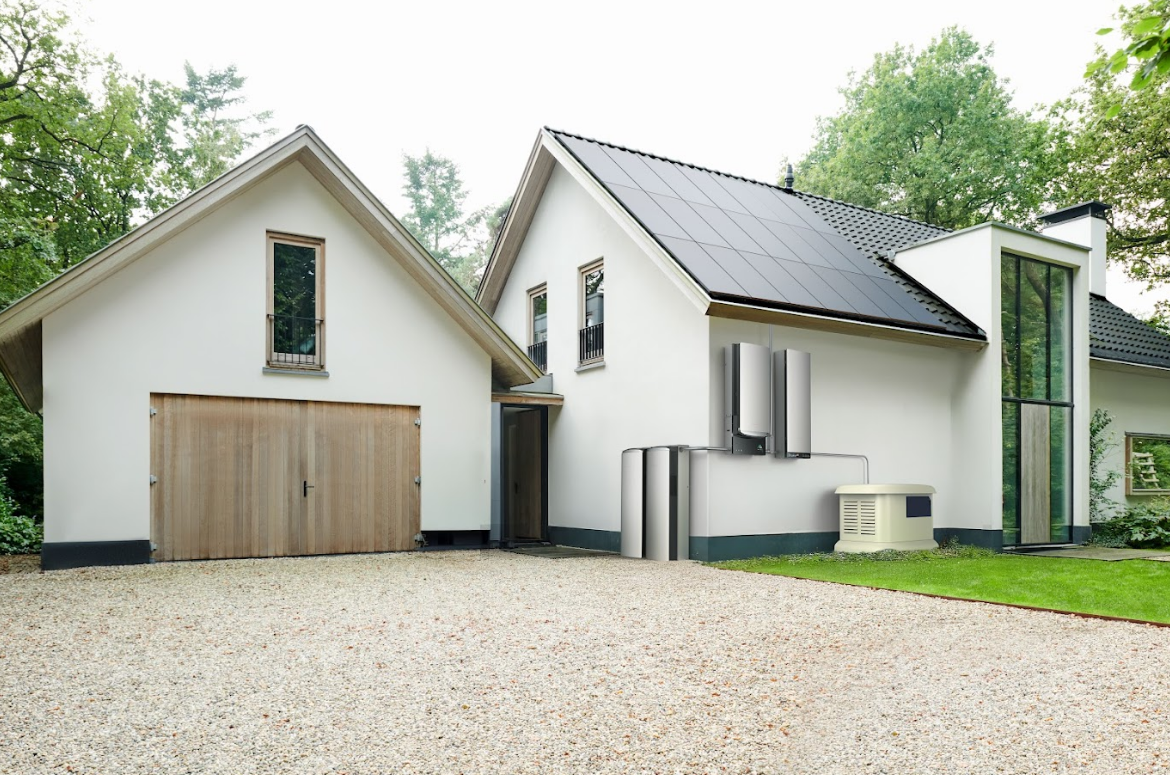Building a Sustainable Future: Unlocking the Potential of Low Carbon Buildings
In the face of pressing environmental concerns, the construction industry is actively seeking innovative solutions to mitigate its carbon footprint. Low-carbon buildings have emerged as a promising answer to this challenge, revolutionizing the way we design, construct, and operate our built environment.
By integrating sustainable practices and cutting-edge technologies, these structures offer a path toward a greener future. Before you delve into the details, why not try your luck at a few rounds online with a live dealer casino Canada, and see how fortune favors you.
Embracing Sustainable Design Principles
Sustainable design lies at the heart of low-carbon buildings. By prioritizing energy efficiency, intelligent space utilization, and renewable materials, architects and engineers can create structures that minimize resource consumption while maximizing comfort.
Passive design techniques, such as natural ventilation and daylight optimization, reduce the reliance on mechanical systems, resulting in substantial energy savings. Moreover, the use of sustainable materials, such as bamboo or recycled steel, significantly reduces embodied carbon emissions.
Harnessing Renewable Energy Sources
Low-carbon buildings actively harness renewable energy sources to meet their energy needs. The integration of solar panels, wind turbines, or geothermal systems enables these structures to generate clean and renewable energy on-site.
By utilizing smart energy management systems, excess energy can be stored or redistributed to the grid, further reducing reliance on fossil fuel-based electricity. This not only reduces carbon emissions but also contributes to greater energy independence and resilience.
Enhancing Energy Efficiency through Technology
Rapid advancements in technology have opened up new avenues for enhancing energy efficiency in buildings. From smart sensors and automated controls to building management systems, technology enables real-time monitoring and optimization of energy usage.
Lighting systems equipped with occupancy sensors and dimming capabilities reduce electricity consumption, while advanced HVAC systems ensure precise climate control. Additionally, energy-efficient appliances and smart meters empower people to make informed choices and actively participate in energy conservation efforts.
Implementing Green Construction Practices
Green construction practices are pivotal in achieving low-carbon buildings. The adoption of sustainable construction materials, such as low-impact concrete and responsibly sourced timber, significantly reduces the carbon footprint associated with building materials.
Furthermore, implementing efficient waste management systems ensures the proper disposal and recycling of construction waste, minimizing environmental impacts. Green construction practices also encompass incorporating green spaces and integrating nature into building design, fostering a healthier and more sustainable urban environment.
Optimizing Operational Efficiency
Low-carbon buildings extend their environmental benefits beyond the construction phase. Optimizing operational efficiency is essential in achieving long-term sustainability goals. Building automation systems allow for intelligent energy management, including dynamic scheduling of lighting, heating, and cooling.
Occupant engagement programs, such as energy education campaigns or gamified applications, encourage sustainable behaviors and contribute to reduced energy consumption. Regular maintenance and performance monitoring also help identify areas for improvement, ensuring buildings continue to operate at peak efficiency.
Fostering Collaboration and Knowledge Sharing
The journey towards low-carbon buildings requires collaboration among various stakeholders, including architects, engineers, policymakers, and researchers. Knowledge-sharing platforms, industry conferences, and partnerships facilitate the exchange of best practices and innovative solutions.
Public-private collaborations and government incentives further incentivize the adoption of low-carbon building practices. By working together, stakeholders can create a collective impact, accelerate technological advancements, and drive the widespread adoption of sustainable building practices.
The Economic and Social Benefits of Low-Carbon Buildings
Beyond their environmental advantages, low-carbon buildings offer significant economic and social benefits that contribute to sustainable development.
Cost Savings and Long-Term Value
Low-carbon buildings are designed to be energy-efficient, resulting in reduced operating costs over their lifespan. Lower energy consumption translates into lower utility bills for occupants, providing significant cost savings. Additionally, these buildings often exhibit higher market value due to their sustainable features, attracting environmentally conscious tenants and investors.
Job Creation and Economic Growth
The transition to low-carbon buildings creates a ripple effect throughout the economy, generating new job opportunities. The demand for skilled workers in sustainable construction, renewable energy installation, and energy management systems increases, fostering economic growth.
Furthermore, the development of a thriving green building industry drives innovation, research, and development, positioning countries at the forefront of sustainable technologies.
Community Engagement and Social Equity
By creating spaces that prioritize sustainable practices, these buildings inspire individuals and communities to adopt environmentally friendly behaviors. Moreover, the incorporation of affordable housing initiatives within low-carbon building projects promotes social inclusivity and equitable access to sustainable living.







